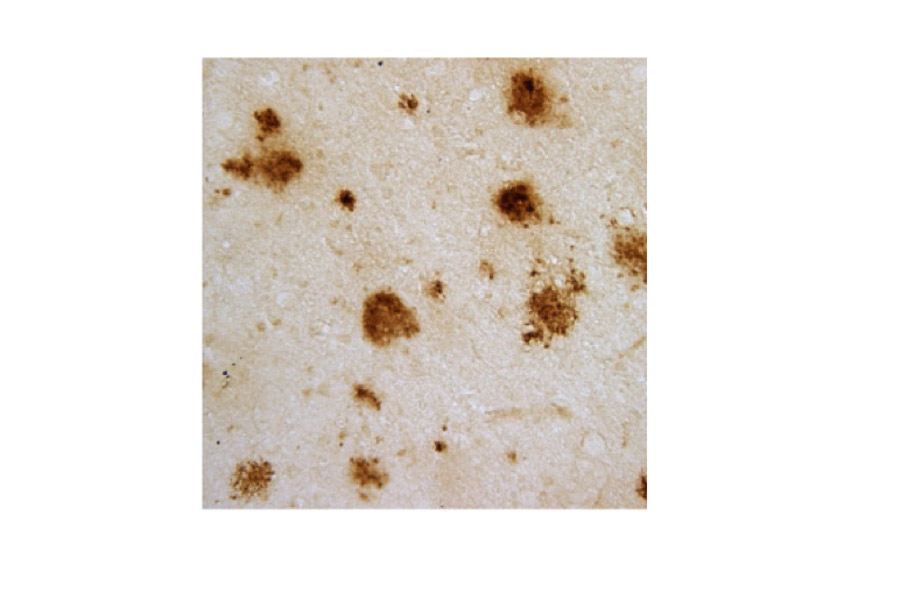- Apply
- Visit
- Request Info
- Give
Kurt Lucin Explains How Alzheimer’s Disease Might Progress
Written by Dwight Bachman
Published on April 10, 2019
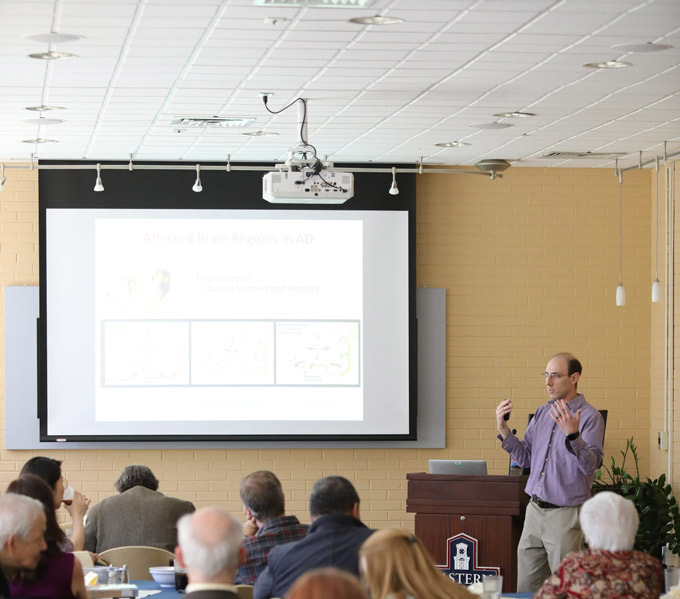 On April 3, Kurt Lucin, assistant professor of biology, continued the Faculty Scholars Forum with a discussion on Alzheimer’s Disease (AD), a debilitating neurological disease that affects a growing number of elderly people.
On April 3, Kurt Lucin, assistant professor of biology, continued the Faculty Scholars Forum with a discussion on Alzheimer’s Disease (AD), a debilitating neurological disease that affects a growing number of elderly people.
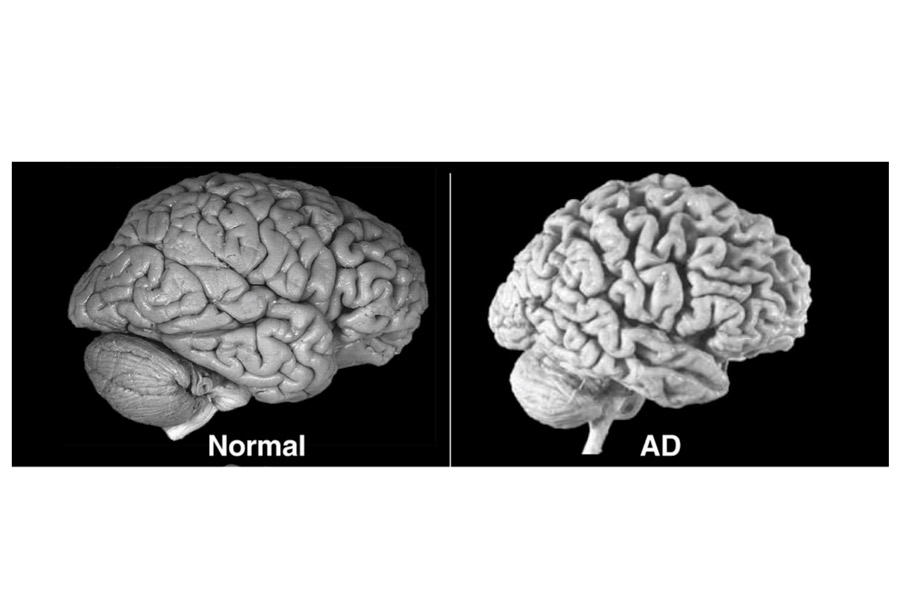
Lucin says AD is characterized by a progressive loss of cells in the brain and a concomitant decline in cognitive function.
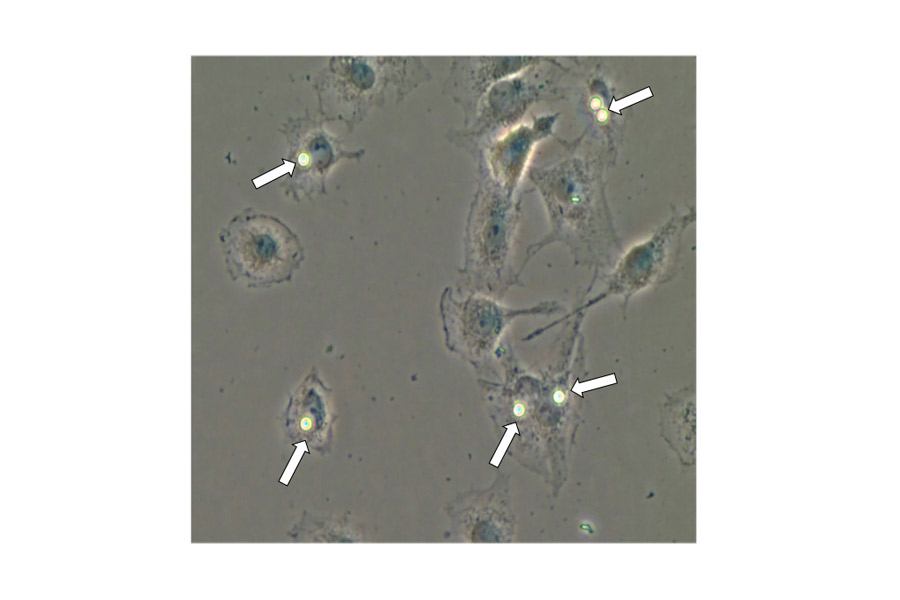
“These impairments are associated with the appearance of amyloid plaques and neurofibrillary tangles within the brain.”
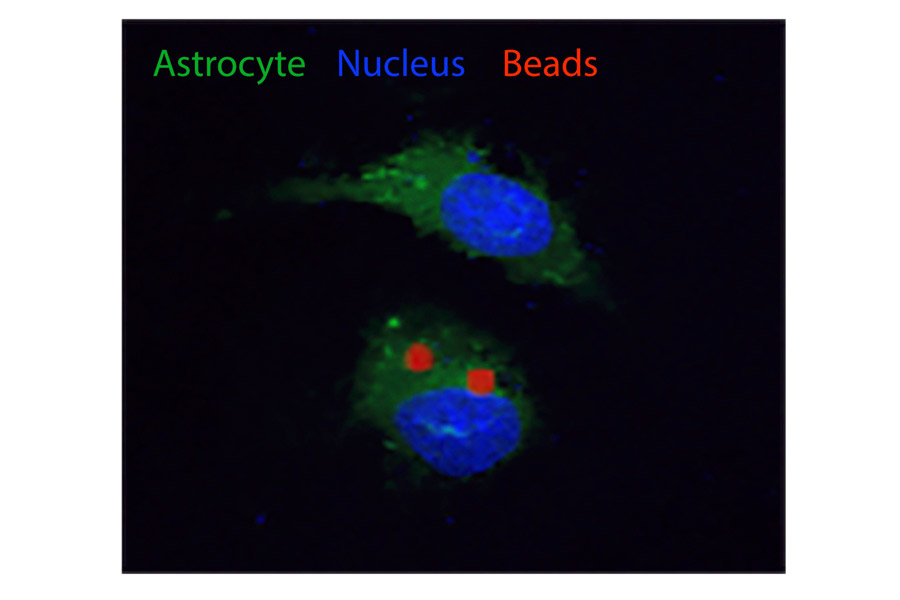
Lucin said previous studies indicate that AD is accompanied by reduced levels of the protein beclin 1 within diseased regions of the brain. Beclin 1 is involved in numerous processes, including a cellular degradation process, called autophagy, and the trafficking of recognition molecules called receptors.
